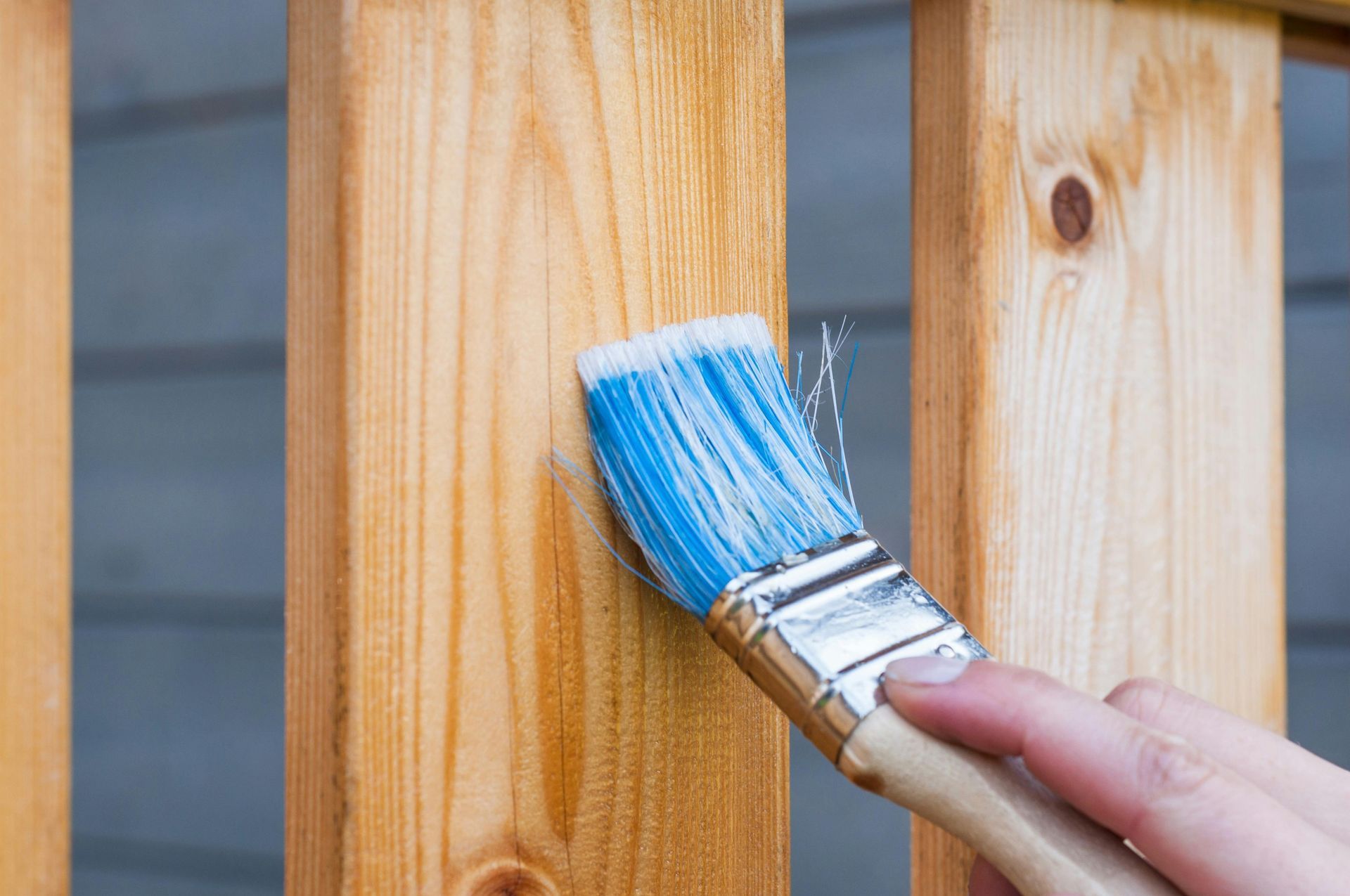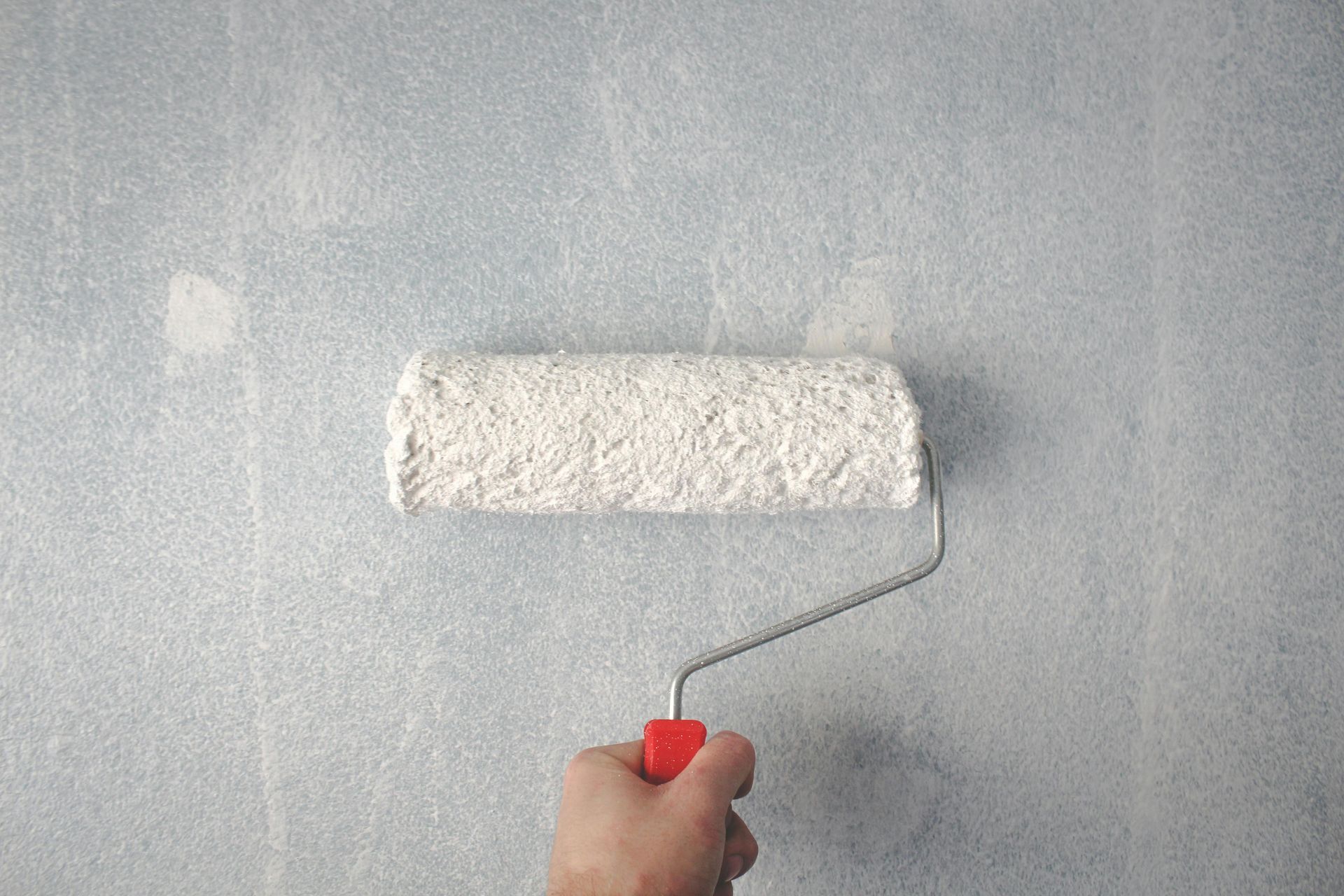Beyond the Patch: A Guide to Concrete Crack Repair
A crack in your concrete driveway, patio, or walkway is easy to ignore. At first, it’s just a thin line—a minor blemish on an otherwise solid surface. But that small crack is a warning sign. It’s an open invitation for water, dirt, and weeds to infiltrate and weaken the slab from within. Ignoring it or applying a cheap, temporary patch is like putting a bandage on a broken bone. It doesn't fix the underlying problem. At Farmington Concrete, we are experts in the science of concrete repair. We understand that every crack tells a story about what’s happening beneath the surface. Our team uses professional techniques and high-quality materials to do more than just fill a gap; we restore the strength, safety, and appearance of your concrete. This guide will explain why timely, professional crack repair is crucial and how we bring your damaged concrete back to life.
Why You Can’t Ignore Concrete Cracks
That seemingly harmless crack in your garage floor or patio is the start of a destructive cycle. Left untreated, it will lead to more significant and costly damage.
Water is the Main Culprit
A crack provides a direct path for water to seep beneath the concrete slab. This is a problem year-round, but it becomes especially damaging during freeze-thaw cycles. When the trapped water freezes, it expands with incredible force, pushing the concrete upward and widening the crack. This process, known as frost heaving, can turn a level surface into an uneven and broken mess. Even in warmer weather, water saturation can erode the soil base, causing the slab to settle and crack further.
They Compromise Structural Strength
A concrete slab is designed to be a single, solid unit. A crack breaks that unity, creating a point of weakness. The daily stress from foot traffic, parked cars, and natural ground movement concentrates on that weak spot. Over time, the crack will grow longer and wider, leading to a network of fissures and eventually causing chunks of concrete to break off—a problem called spalling.
They Create Serious Safety Hazards
As cracks widen and frost heave pushes slabs upward, uneven surfaces are created. A raised edge on a sidewalk or patio is a significant tripping hazard, posing a risk to your family and visitors. This also creates a potential liability for you as a homeowner. Furthermore, wider cracks become ideal homes for weeds and ant colonies, which can cause further damage as they expand their territory.
Not All Cracks Are Created Equal
The first step to a lasting repair is a proper diagnosis. The type, width, and location of a crack reveal its cause, which dictates the best repair method. The experts at Farmington Concrete are trained to identify these different types to ensure the right solution is applied.
- Shrinkage Cracks: These are very fine, hairline cracks that can appear as new concrete cures and loses moisture. While they aren't usually a structural concern, they should be sealed to keep water out.
- Settlement Cracks: If the soil base beneath the concrete wasn't compacted properly, it can settle unevenly. This causes the slab to sink and crack under its own weight. These cracks are often wider and may have one side that is lower than the other.
- Heaving Cracks: Caused by the freeze-thaw cycle or expansive soils like clay, these cracks appear when the ground pushes the slab upward, creating dangerous, uneven surfaces.
- Structural Cracks: These are serious cracks, often wider than a credit card, that can result from heavy loads or poor initial installation. They may run through the entire depth of the slab and require a more robust repair strategy.
Professional Crack Repair with Farmington Concrete
A generic patching compound from a big-box store is a temporary fix at best. These materials often shrink, fail to bond with the old concrete, and lack the flexibility to move with the slab, causing them to crack and pop out within a single season. At Farmington Concrete, we use professional-grade materials and proven methods designed for durable, long-term repairs.
1. Meticulous Crack Preparation
A successful repair is built on a foundation of proper preparation. We don’t just pour filler into a dirty crack. We start by using a concrete grinder or saw with a V-shaped blade to chase the crack. This process removes loose debris, weak concrete, and contaminants, creating a clean, solid, and profiled surface for the new repair material to bond to. This crucial step ensures a permanent connection between the old and new material.
2. High-Strength Polymer Injection
For significant structural cracks, we utilize advanced low-viscosity epoxy or polyurethane injection techniques. This method doesn't just fill the crack; it welds the concrete back together.
- How It Works: A two-part polymer is injected under pressure directly into the crack. The liquid’s low viscosity allows it to penetrate deep into even the finest fissures. As it cures, it forms a chemical bond with the concrete, creating a repair that is often stronger than the original slab itself.
- The Benefits: This process restores the full structural integrity of the concrete. The cured polymer is completely waterproof and has enough flexibility to withstand the natural expansion and contraction of the slab, preventing the crack from re-forming.
3. Flexible and Durable Sealants
For active cracks, such as those in control joints or areas prone to movement, a rigid repair is not the right choice. Instead, we use high-grade, self-leveling polyurethane sealants.
- How It Works: After thoroughly cleaning the joint or crack, we apply the sealant. It fills the gap completely and creates a watertight yet highly flexible seal.
- The Benefits: The sealant’s flexibility allows it to stretch and compress as the concrete moves with temperature changes. This accommodates the slab’s natural behavior while keeping water, ice, and debris out.
4. Concrete Resurfacing and Overlays
When a surface has extensive crazing, numerous small cracks, or spalling, a full resurfacing may be the most effective solution. We can apply a thin, high-strength cementitious overlay across the entire surface. This not only conceals all the existing imperfections but also provides a brand-new, durable, and visually appealing finish. This new surface can also be colored or stamped for a complete decorative transformation.
Trust Farmington Concrete to Restore Your Surfaces
A crack in your concrete is a problem that will only get worse and more expensive over time. Acting quickly protects your property, ensures the safety of your family and guests, and saves you money in the long run. While DIY kits promise a quick fix, they are no match for a professional repair that addresses the root cause of the issue. The team at Farmington Concrete has the expertise, tools, and materials to accurately diagnose and properly repair any concrete crack, from a minor fissure to a major structural break. We are committed to providing durable, long-lasting solutions that restore the strength, safety, and beauty of your concrete surfaces.
Are you tired of looking at those unsightly and dangerous cracks? Contact Farmington Concrete today for a professional assessment and a free estimate on our expert concrete repair services.
Meta Information
Meta Title: Concrete Crack Repair Services | Farmington Concrete
Meta Description: Don't let small cracks become big problems. Farmington Concrete offers expert repair for driveways, patios, and walkways to restore safety and integrity.
You might also like



